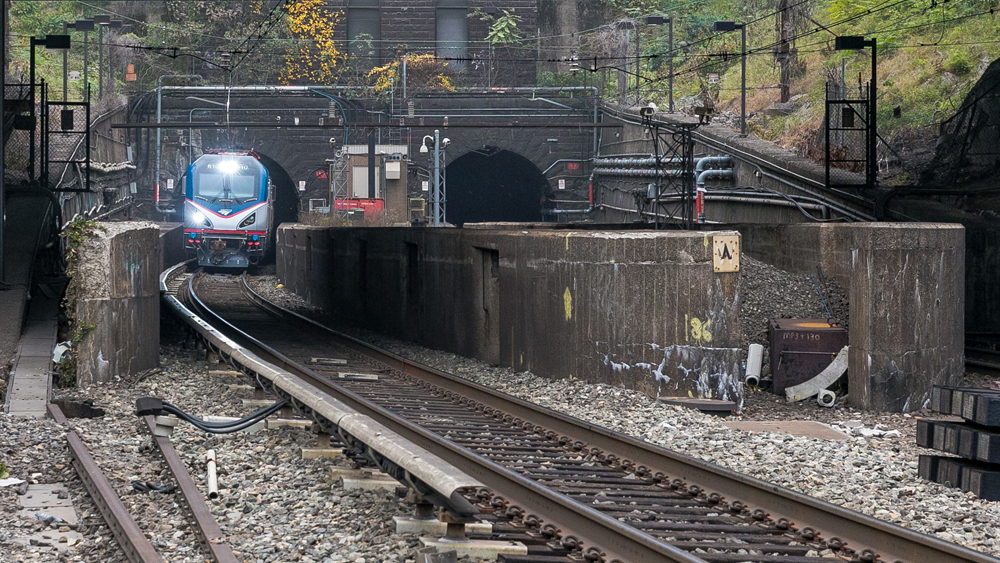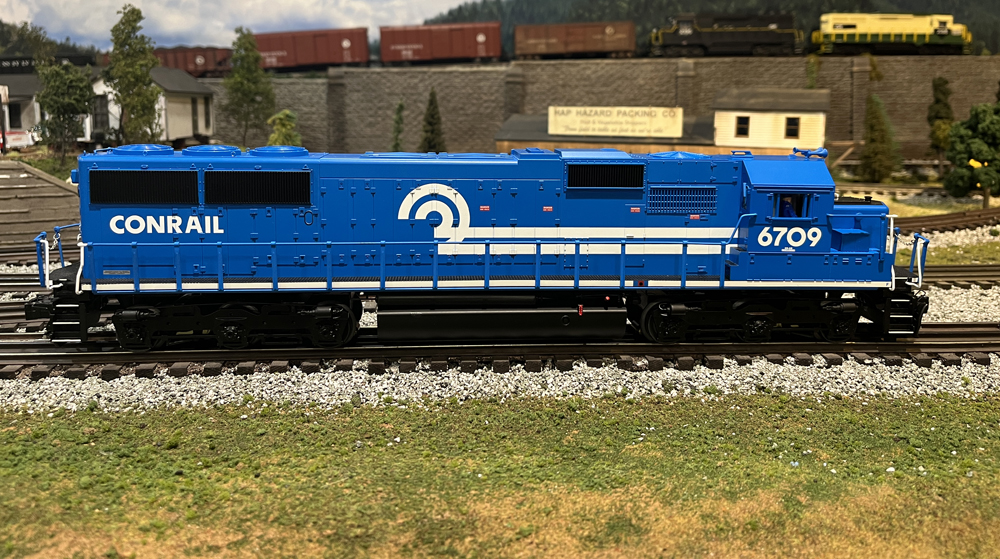
Release of environmental report, Record of Decision allows Gateway tunnel project to move forward
The Federal Railroad Administration and Federal Transit Administration have issued the final Final Environmental Impact Statement and Record of Decision on the Gateway tunnel project under the Hudson River, which clears the way for the project to receive federal funding. “This is a big step for the Northeast, and for the entire country, as these tunnels connect so many people, jobs, and businesses,” Transportation Secretary Pete Buttigieg said in a press release. “… Now we need to make sure to provide the funding America needs to deliver world-leading infrastructure in this region and in every part of the country.” The $11.6 billion project — which will build new Northeast Corridor tunnels connecting New Jersey and New York’s Penn Station — is a joint effort of NJ Transit, the Port Authority of New York and New Jersey, Amtrak, and the Gateway Development Commission. The FRA began the environmental review in May 2016; its completion will allow the U.S. Army Corps of Engineers to issue a permit for the project, which is expected later this year. The documents, and other information about the project, are available here.
Deal between CP, Canadian government will allow Lac-Megantic bypass completion in 2023
The Canadian government has signed an agreement with Canadian Pacific that will allow studies and plans to be completed for building of a rail bypass around Lac-Mégantic, Quebec. “This agreement marks the beginning of a new phase that will bring us closer to construction,” Transport Minister Omar Alghabra said in a press release. “I want to reassure the mayors and residents of the Lac-Mégantic area and tell them that the project will be completed in 2023.” The government recently announced additional progress on the bypass [see “Digest: Engineering work advances Lac-Mégantic bypass preparations,” Trains News Wire, May 12, 2021], which will reroute CP’s line away from the site of the derailment and fire that killed 47 in 2013.
Sale of KCS line could help New Orleans-Baton Rouge passenger rail efforts
The proposed sale of Kansas City Southern’s New Orleans-Baton Rouge rail line could aid longstanding efforts to launch rail passenger service between the two cities. The Baton Rouge Advocate reports the KCS line is the preferred route for the service, according to John Spain, executive vice President of the Baton Rouge Area Foundation, in part because it has access to Louis Armstrong New Orleans International Airport. Canadian National and KCS have said they plan to sell the line as part of their merger plans because both railroads have parallel routes between the two cities. That sets up a scenario in which most freight service could be concentrated on the CN line, while the KCS line could see passenger service and more limited freight operations.














Does anyone know when the 3rd rail through that tunnel was in use last time? Wasn´t there a rail tour from Penn Station in 2016 going through there and later up the west side of the Hudson river?
George, your memory about the third rail is correct. As further info the New Haven electrics and FL9 locos had a third rail pick up shoe that would work on either system so that they could run to either Penn Station or GCT.
ALL – Tell me if anyone knows about rescue trains on for BART Transbay Tunnel. (Most in case of earthquake). Are those battery powered?
The Amtrak dual-mode locos used on the Empire Corridor are set up for traditional NYC practice, that is under-running. Therefore the one or two tracks used by those trains at the extreme south end of the station would have to conform. The other third rail system on the North River tunnels would conform to current LIRR practice.
Actually the third rail has been there since Penn Station opened in 1910. After PRR converted to AC electrification they needed a way to power the wire train while the 11,000 volt AC overhead power was shut off and grounded. Using a DD1 powered by the third rail solved the problem. Today, the P32 Dual Modes do that job in third-rail mode, and the overead voltage is 12,000 volts, and is still 25 Hz. AC.
The last DD1 in that service is at the RR Museum of PA, in East Strasburg PA.
The third rail shown in the photo was installed a few years ago for use by dual-powered (diesel/third rail) rescue locomotives, in the event of failure of the overhead catenary. It ends about were the photo was taken. There are no DC powered trains using the North River tunnels. The East River tunnels do have active third rail, used by the LIRR.
Sorry, did not mean to imply that DC-powered trains were using the North River tunnels, only that DC through the tunnels was originally done by PRR, and the Amtrak trains coming in from the west side of Manhattan utilize third-rail DC on the tracks they use in Penn Station. I do have two questions: 1. Where do the dual-power Empire Service trains switch back and forth from diesel to third rail? 2. I believe that the third rail in NYP is overrunning,and that the NYC used an underrunning system. Is my memory correct?
Interesting to see the DC third rail coming out of the tunnel, a remnant of the PRR pre-AC catenary days, now again utilized by DC-powered trains off the former NYC.